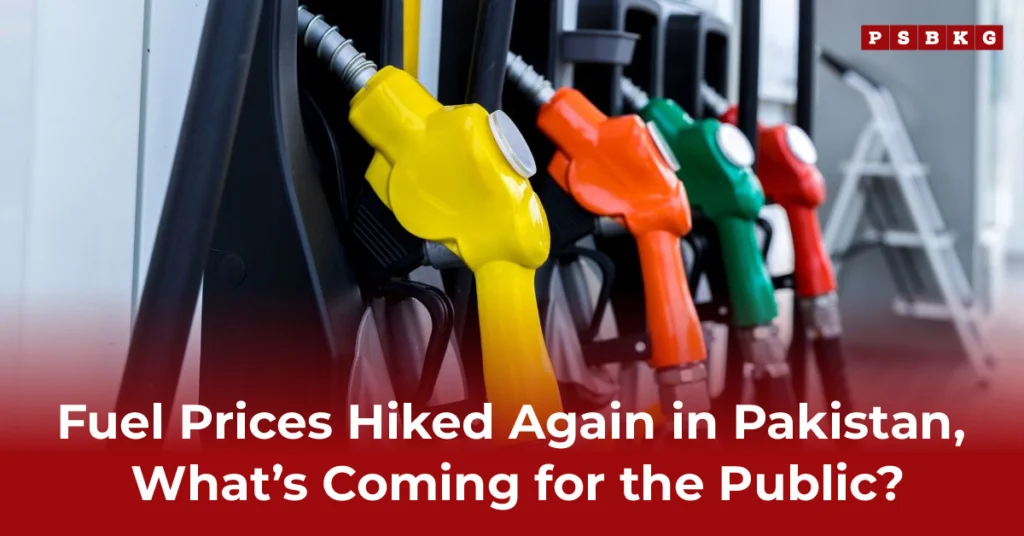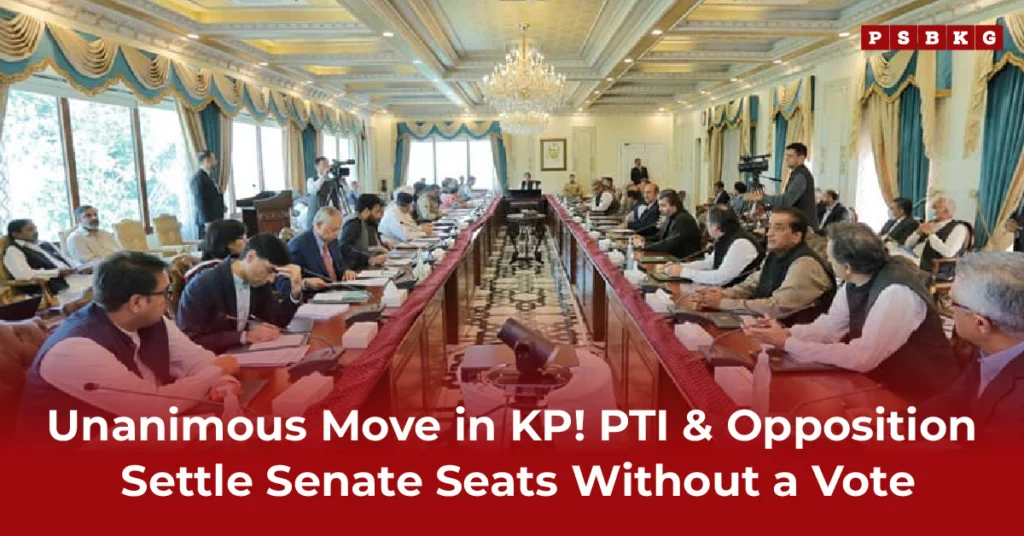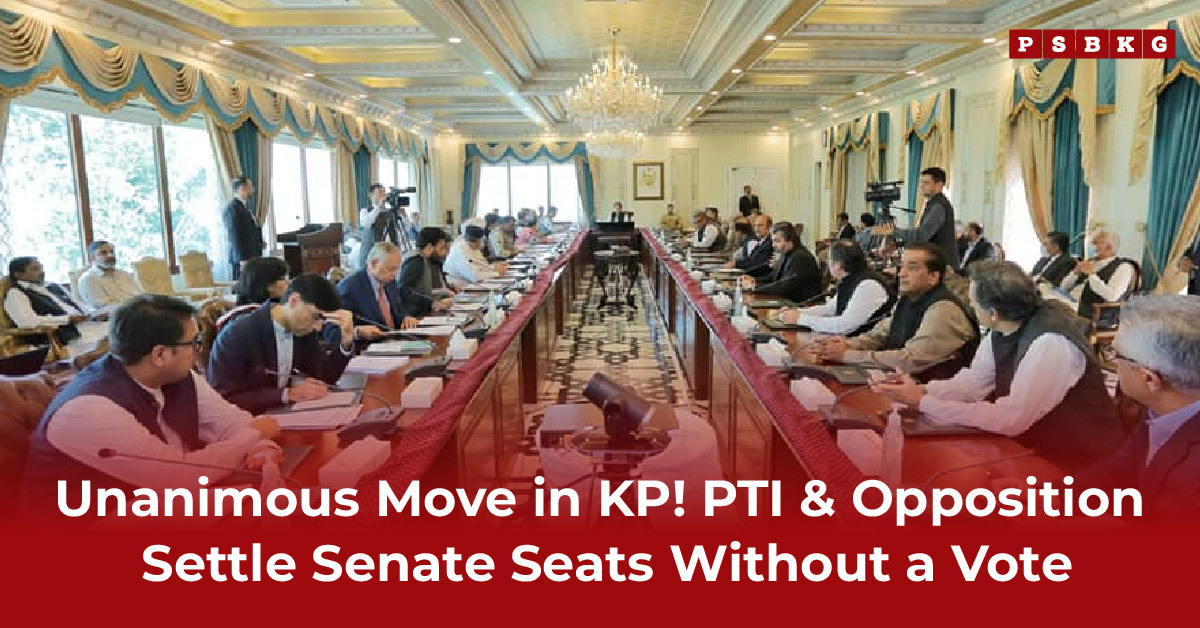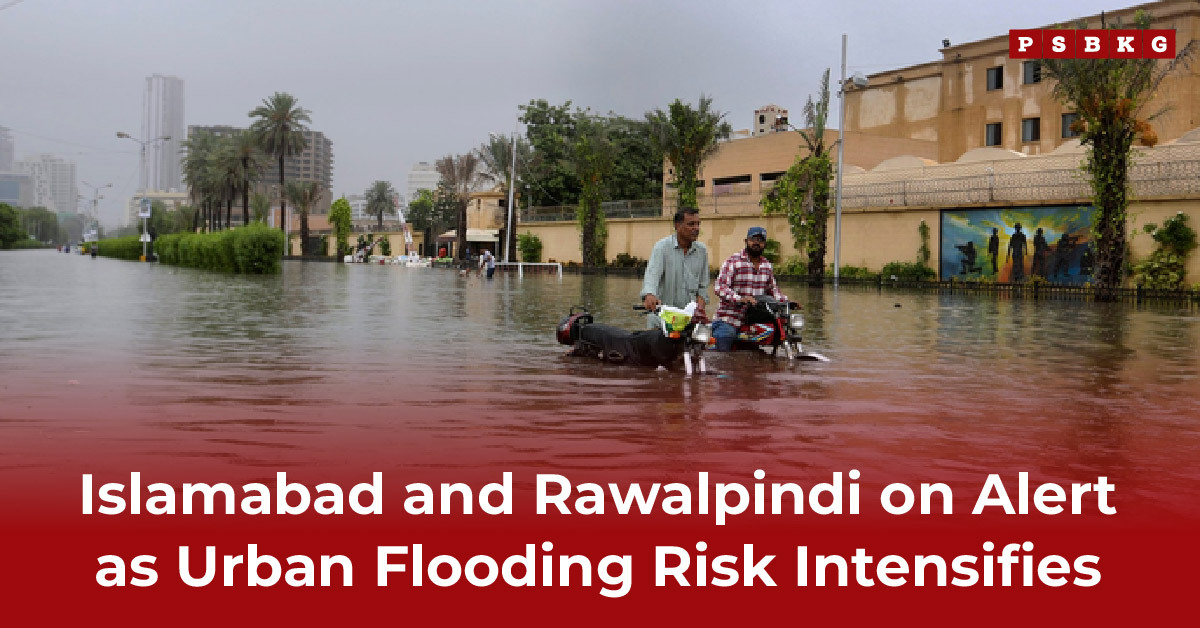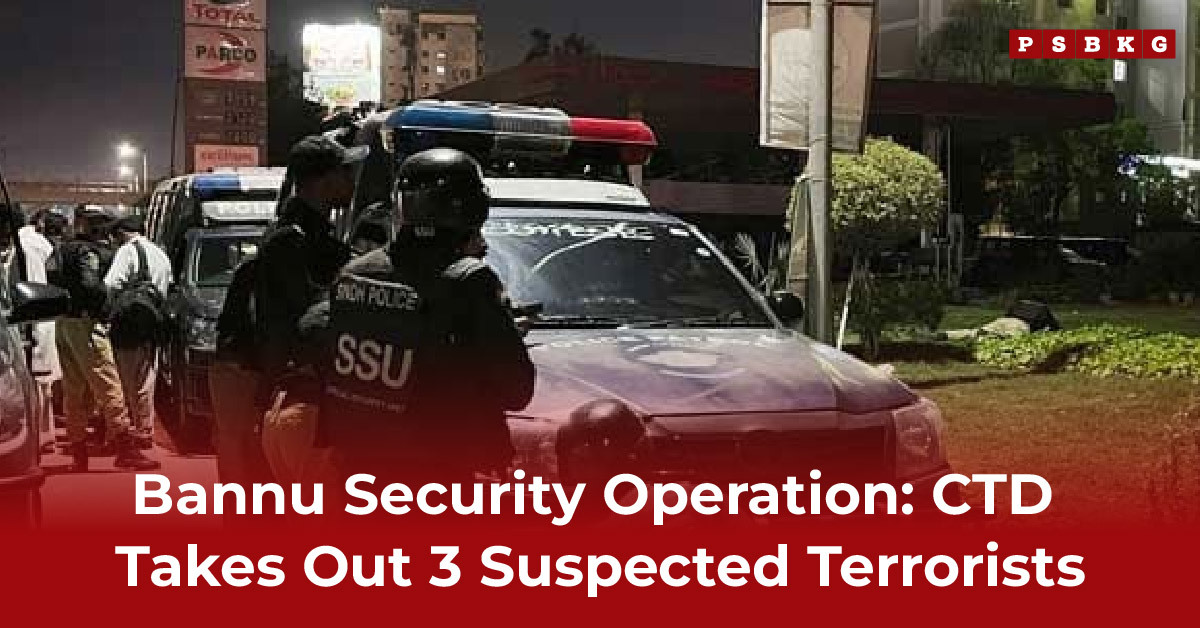Petrol and Diesel Prices Increased Again
Its official: fuel just got more expensive. The Ministry of Finance has released its latest notification, confirming a fresh hike in fuel prices starting July 16. Petrol now costs Rs272.15 per liter, that’s an increase of Rs5.36. Diesel didn’t hold back either, jumping up by Rs11.37, with the new rate landing at Rs284.35 per liter.
These prices will stay in place until July 31, 2025, unless the next review brings more changes, which many are already expecting.
Why the Hike This Time?
It’s the same reasons we’ve been hearing for a while now. Global oil prices have moved up, again. The rupee hasn’t helped either, the exchange rate slipped just enough to tip the balance. Add in taxes, refining costs, and you get the final figure we see at the pump.
Officials say these changes are part of the regular review process, but for most people, it just feels like another hit to the wallet as fuel prices continue to climb.
Daily Impact, What Does It Actually Mean?
This isn’t just about numbers. It affects real people in real ways.
Let’s say you drive to work every day, your monthly fuel cost just increased. Maybe not by thousands overnight, but enough to notice. If you run a small business, deliver goods, or work in transport, it’s more serious. Costs go up, profit margins shrink. For the average person taking a bus or rickshaw, fare hikes are probably not far behind.
And it never stops there, groceries, delivery fees, even electricity for homes using diesel generators, everything quietly gets more expensive.
People Aren’t Happy, And Rightfully So
Social media exploded not long after the news dropped about the fuel prices. You could scroll for hours through complaints, memes, and frustrated posts. The tone is familiar by now: disappointment, anger, exhaustion. Everyone’s trying to stretch the same salary across more expenses every month, and rising fuel prices have only made things worse.
One tweet summed it up perfectly:
“It’s not just petrol, it’s the cost of living that keeps going up. We’re the ones stuck in traffic and the bills.”
Is There a Way Out?
Economists keep saying we need long-term fixes, local energy development, currency stability, and smarter tax policies. But those aren’t overnight solutions. Until then, we’re left with price reviews every two weeks and uncertainty at the pump.
Government sources hint at possible support programs or targeted relief for low-income groups, but there’s little clarity on when or how that might happen.
So What Now?
Well, there’s not much choice but to adapt, again. Some people are switching to bikes, carpooling, or skipping non-essential travel. Others are just tightening their budgets, holding off on plans, or cutting corners where they can.
It’s not ideal, but it’s reality.
Final Thought
Fuel prices are more than just digits on a signboard. They shape the cost of living for millions. Whether you’re behind the wheel, running a small business, or catching a bus to school, the rise in fuel hits somewhere.
This isn’t the first price jump, and sadly, it might not be the last. But as always, people will adjust, because that’s what they’ve had to do.


